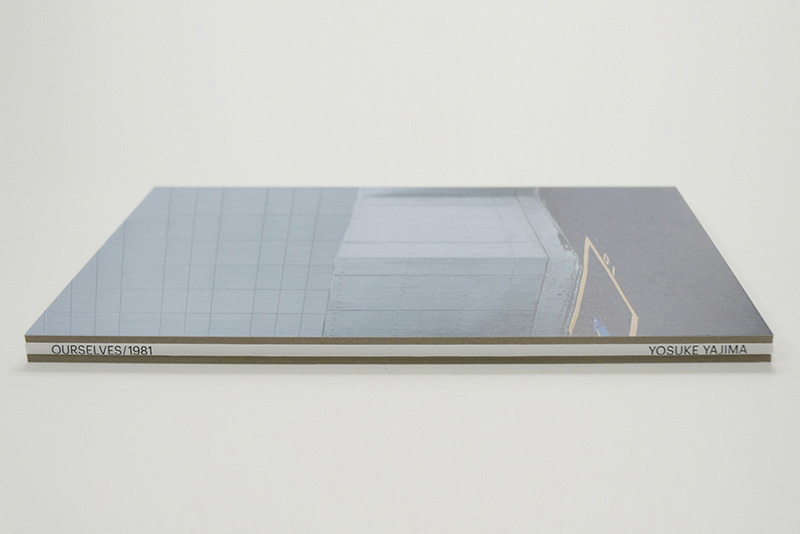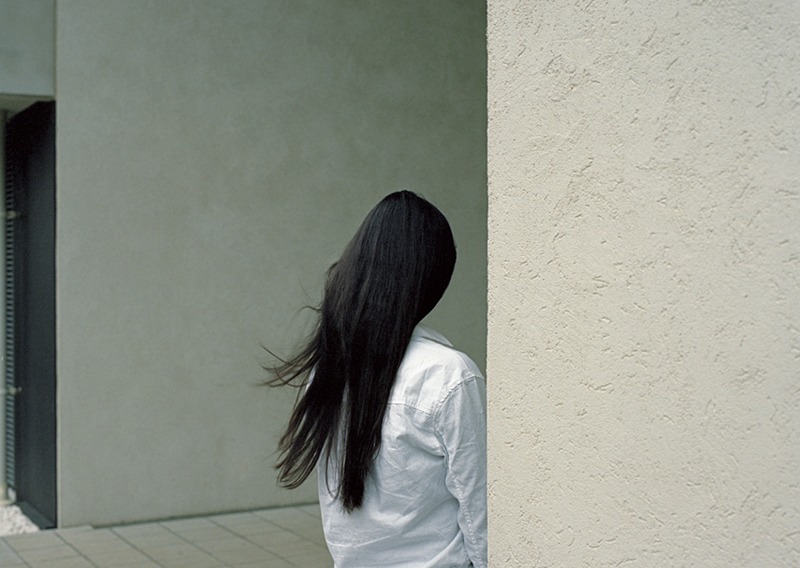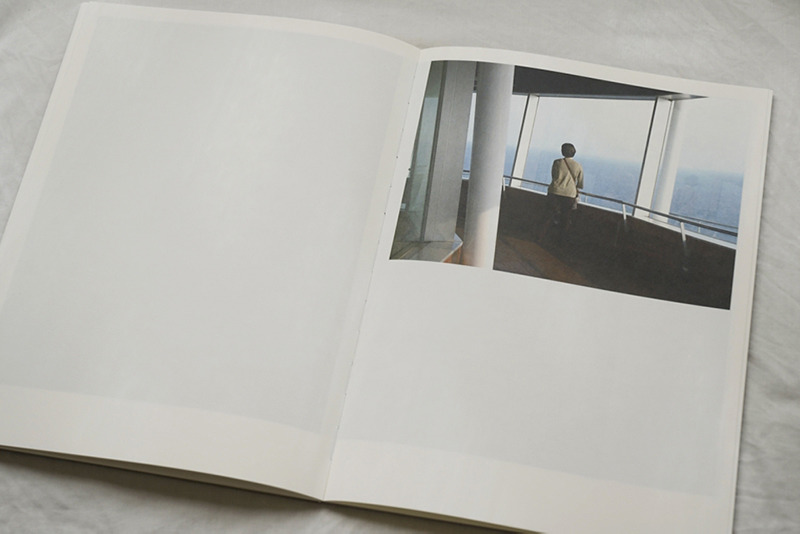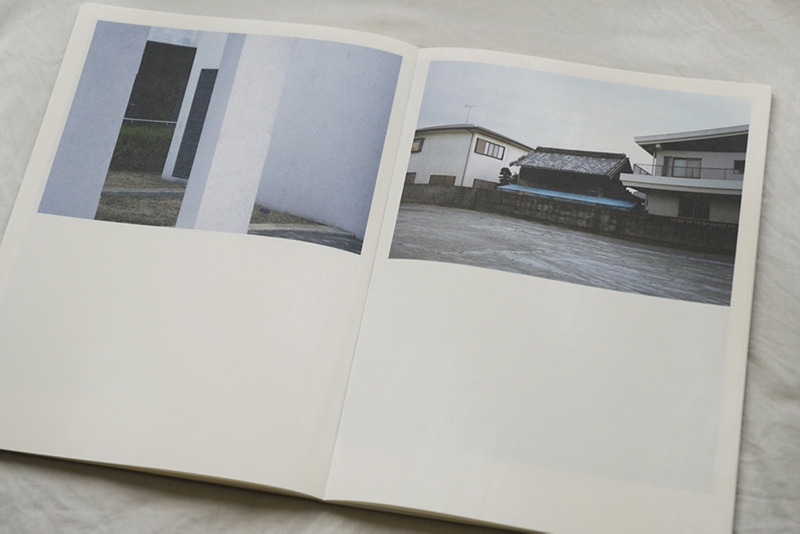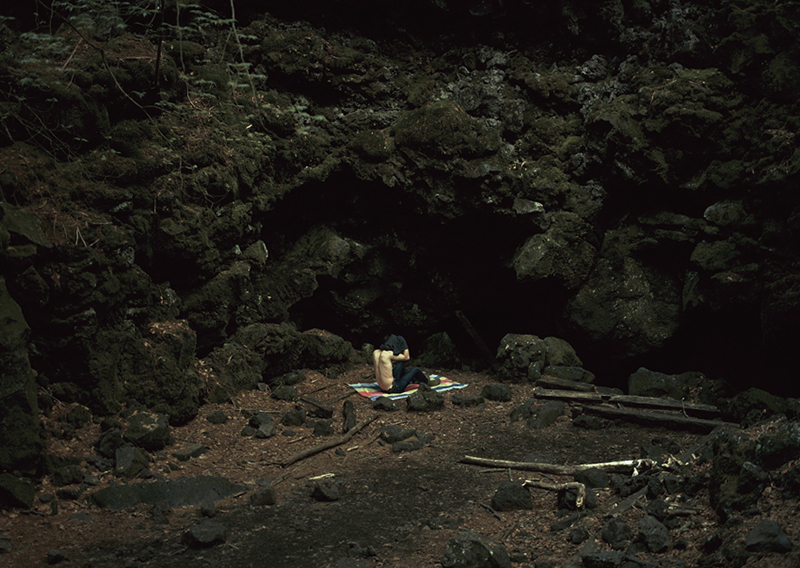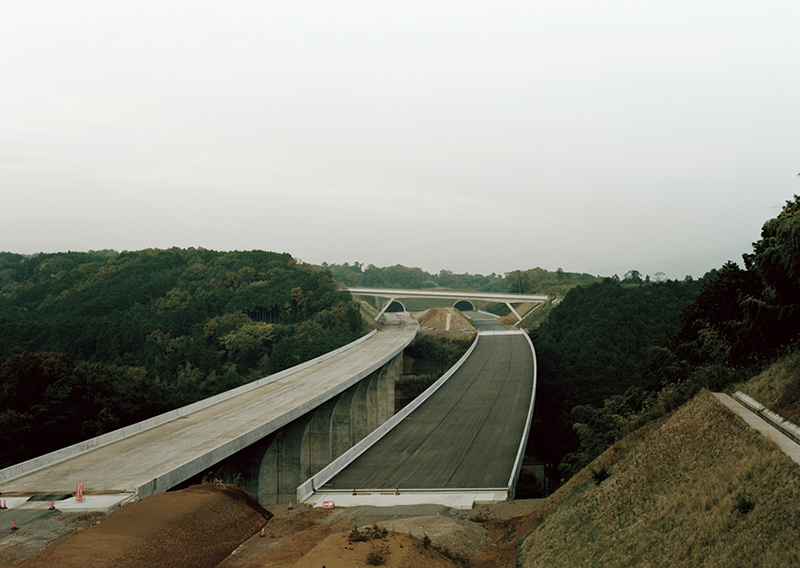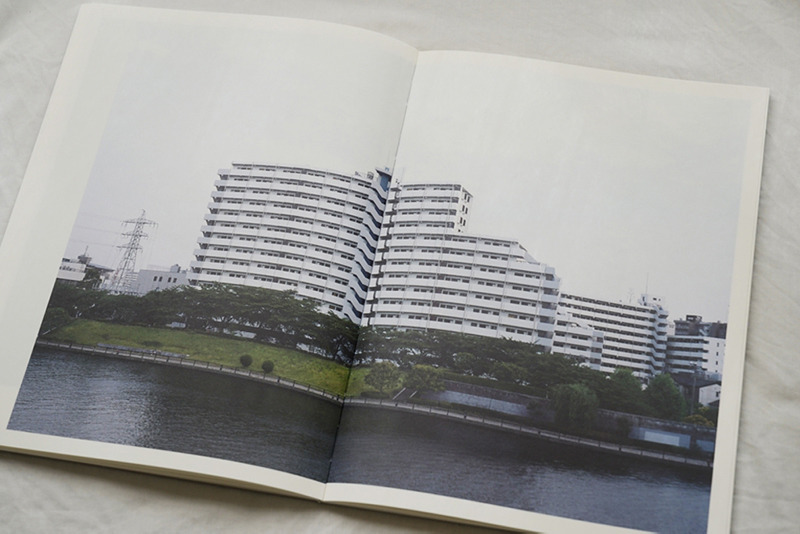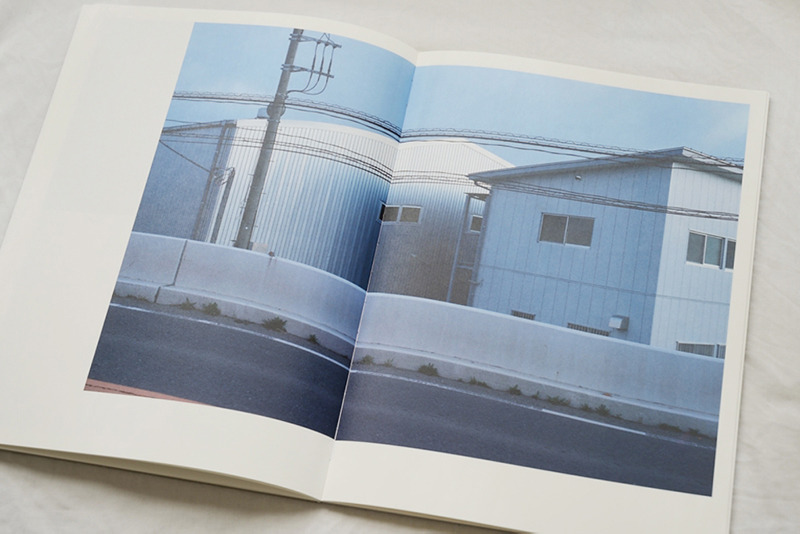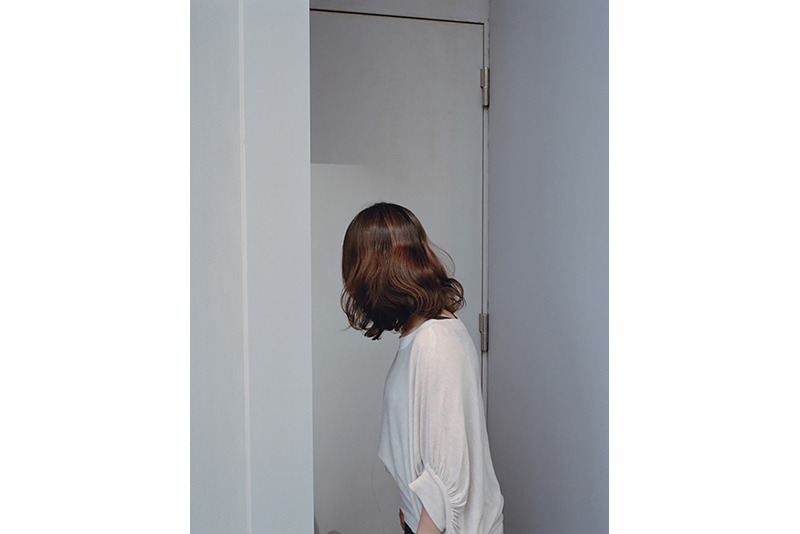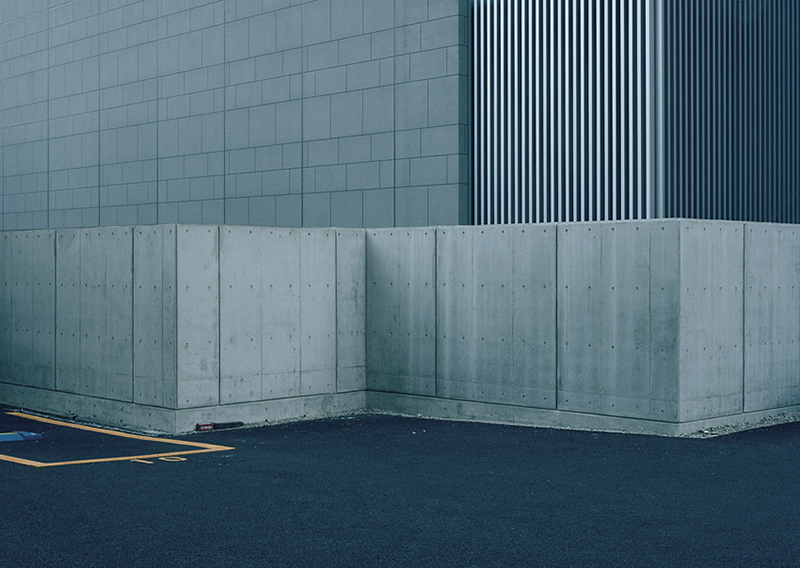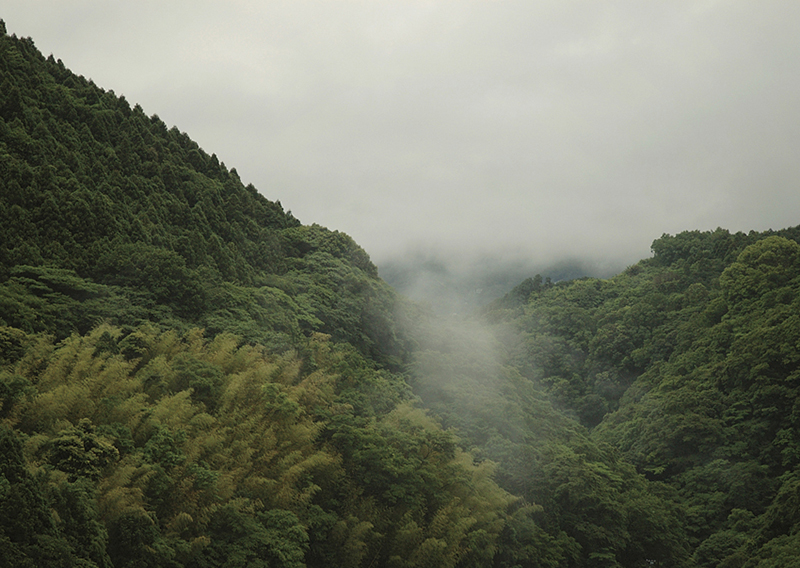Yosuke Yajima – Ourselves 1981
Book spreads and images courtesy of the artist
OURSELVES 1981 by Yosuke Yajima (self published, 2015), BUY
When asked what book I would be interested in reviewing, I was drawn to Yosuke Yajima’s book, Ourselves 1981, by the somewhat mysterious name. It gave off an almost ambivalent aura, tying a multitude of existences to a date. I was unfamiliar with the themes of the project—the suburbanisation of areas surrounding Tokyo; the dampening of spirits that comes with this—yet they came to life not long after looking through the book. It also forms the jigsaw puzzle that the photographs in this book represent; a formation of memories, not of places, but of feelings and emotions, that have transformed throughout the course of the artist’s life.
Yajima has included certain motifs that, in and of themselves, are common signifiers of the expansion of urbanisation. The topic is nothing new within photography, and it has begun to carry with it baggage that can weigh projects down and causes them to merge into one. As such, I was disappointed to see the way in which Yajima had documented individuals, playing out the emotions that the artist themselves has experienced throughout the years of development in his community. Ambiguous, almost unidentifiable portraits act as obvious signifiers, yet while well composed an intriguing, these have become an irritating cliché and I found them quite distracting from some of the more refined images within the book.
What did catch my attention, however, were subtle signifiers of the artifice we associate with the aggressive development of suburban areas, particularly within East Asia. On one page we are presented with a temporary wall at the side of a road; attached to it, a photograph of a forthcoming building, no doubt with pre-orders already available. The next page we are given a photograph of a photograph of a still life, Caravaggio-esque, itself resting upon a white sheet and propped up against the wall. Nature repeated and further diluted. Later in the book, Yajima presents us with another still life of sorts, this time of a crinkled plastic bag, mystically holding itself in a voluminous structure. After, a piece of decaying fruit on an urban doorstep rests (dies?), abandoned. These are images that grow and multiply in your head long after you have seen them and lend themselves to a much more considered form of image making.
It is obvious that, having grown up in a radically urbanised environment, there are themes and concerns running through the book that have touched Yajima distinctly. At times the impression I am left with is that he is attempting to follow defined structures of photography and the associations that we share with these—something that now feels quite limp. The photographs that don’t conform to these ‘rules’ are much more pleasing, however, and would have been a much more interesting point upon which to build the project. One could argue that the latter is only elevated by the former in this scenario, yet it is certainly a risk worth taking in the pursuit of something much greater. Yajima is without a doubt an incredibly talented photographer, and this book, while misfiring at times, is one that contains a great deal of potential.

